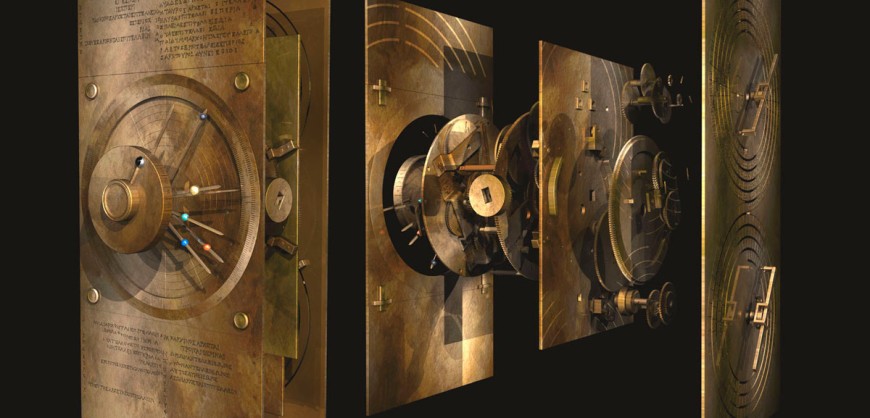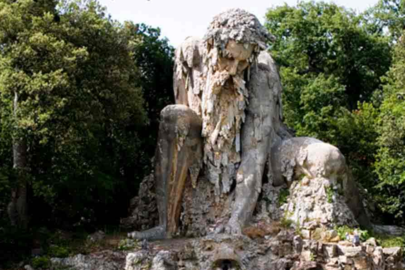The American news agency published an extensive article on the Antikythera shipwreck on the occasion of the recent expeditions carried out by an international team of archaeologists on the site.
The article refers to how the shipwreck was first discovered, the expeditions that were carried out through years, as well as the underwater equipment used at the latest expedition and the recent findings.
Also, the article includes statements of Brendan Foley, an archaeologist from Woods Hole Oceanographic Institution and co-director of the expedition, who describes the Antikythera shipwreck as the “most important and famous shipwreck from antiquity,”.
“In 1900, sponge divers from the Greek island of Symi anchored along the eastern coastline of the island while waiting for a ferocious storm to pass. What they would stumble upon would stun the world,.” the article says about the first discovery of the shipwreck.
“Underneath the crystalline waters, lay an incredible wreck undiscovered for thousands of years. And as the site was explored over the next year, they would uncover life-size bronze statues and remarkable artifacts. But it was the 1902 recovery of a clump of calcified stone with mysterious inscriptions that would push the wreck into archaeological lore.”
Moreover, it is mentioned that the famous underwater explorer Jacques Cousteau visited the site in 1976 so as “to film a documentary and returned from below the surface with treasures galore. Since then, the site has remained dormant under the aegis of the Hellenic Ministry of Culture for almost 40 years.”
The article also refers to the famous Antikythera Mechanism.
“The heavily corroded bronze fragments would turn out to be what has been described as the world’s earliest known “computer,” designed in the first century BC” and “built to track the astronomical calendar and lunar movements, later radiographic image analysis of the mechanism revealed 30 intricate gear wheels”.
Moreover, the report describes the new findings discovered during the recent expedition including a bronze spear length 2.20 meters, a gold ring, a anchor amphorae clusters and metal parts of a bed.
The article also referred to the high-tech equipment used to explore the shipwreck, Exosuit, which looks like an underwater Iron Man.
“The system itself for the Exosuit has life support for something like 40 hours if all went to hell” Foley says whereas its creator Phil Nuytten says that the best part is the simplicity of the technology since “You can literally operate the Exosuit after a few hours of training. The majority of the training is spent in emergency drills. But the actual functioning of it is as simple as learning to drive a golf cart,”.





































